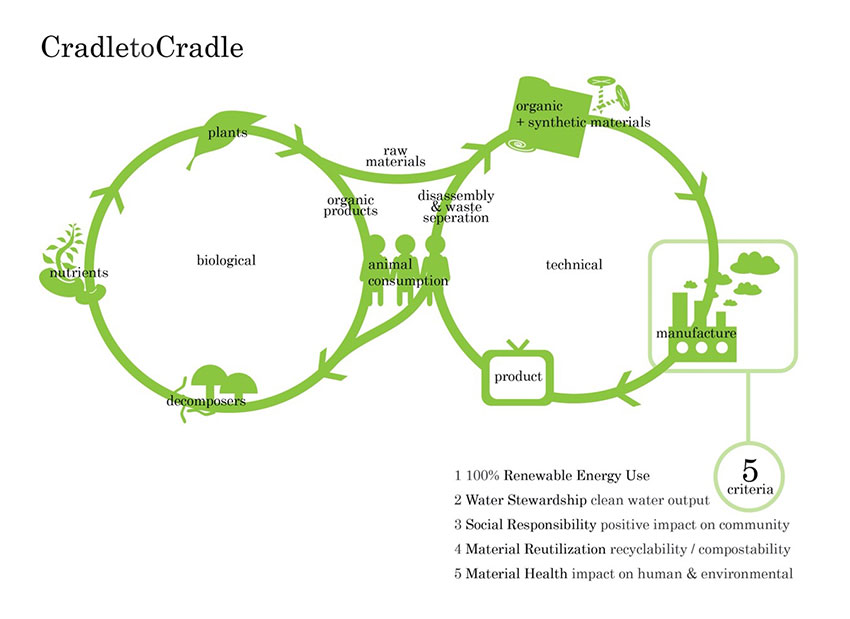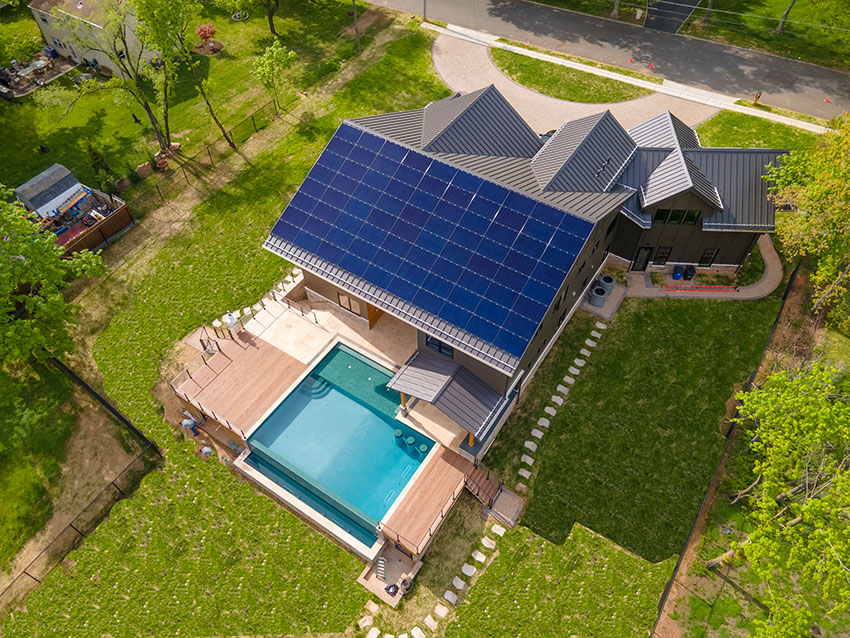Sustainable Construction
 1 AIA LU/HSW; 0.1 ICC CEU; 1 IIBEC CEH; 0.1 IACET CEU*; 1 AIBD P-CE; AAA 1 Structured Learning Hour; This course can be self-reported to the AANB, as per their CE Guidelines; AAPEI 1 Structured Learning Hour; This course can be self-reported to the AIBC, as per their CE Guidelines.; MAA 1 Structured Learning Hour; This course can be self-reported to the NLAA.; This course can be self-reported to the NSAA; NWTAA 1 Structured Learning Hour; OAA 1 Learning Hour; SAA 1 Hour of Core Learning
1 AIA LU/HSW; 0.1 ICC CEU; 1 IIBEC CEH; 0.1 IACET CEU*; 1 AIBD P-CE; AAA 1 Structured Learning Hour; This course can be self-reported to the AANB, as per their CE Guidelines; AAPEI 1 Structured Learning Hour; This course can be self-reported to the AIBC, as per their CE Guidelines.; MAA 1 Structured Learning Hour; This course can be self-reported to the NLAA.; This course can be self-reported to the NSAA; NWTAA 1 Structured Learning Hour; OAA 1 Learning Hour; SAA 1 Hour of Core Learning
Learning Objectives:
- Discuss how the durability of metal as a building material can contribute to the sustainability of buildings.
- Explain some key qualities of metal that make it an ideal material selection when incorporating renewable energy goals into building plans.
- List the financial and aesthetic benefits of choosing metal for walls and roofs.
- Describe the importance of considering a cradle-to-cradle approach when specifying building materials to address carbon emissions and climate change.
This course is part of the Metal Architecture Academy
SPECIFYING CRADLE TO CRADLE METAL CONSTRUCTION
This section takes a broad look at the overall sustainability of metal as a reusable building material in its life cycle within the Cradle to Cradle framework.
The concept of Cradle to Cradle (C2C) design was first introduced in the 1970s by Swiss architect Walter R. Stahel as a new approach to sustainability. The term gained popularity in the early 2000s after authors William McDonough and Michael Braungart argued in their book Cradle to Cradle: Remaking the Way We Make Things that product design needed to be rethought. This reexamining shifts from a more traditional “cradle-to-grave” approach where design employs a product from material extraction and production to its use, then the landfill. C2C design, on the other hand, takes a circular approach so at the end of functional life, materials are reused in perhaps another capacity.

Author: Zhiying Lim; Creative Commons Attribution-Share Alike 3.0 Unported license.
Biological and Technical Nutrients in the Cradle to Cradle Design Framework
The C2C approach mimics the biological life cycle, where living organisms live, grow, die, and are then incorporated back into the natural system as nutrients for new plants and animals. With technological products, the design process aims for an analogous circular framework in which materials are created (ideally from recycled materials), used, cleaned, and recycled into new products. In short, the framework aims to minimize the extraction of new materials from the earth while minimizing what goes into the landfill.
This can be an intricate process for metal as most panels such as IMPs are fused with insulative materials, and most exterior panels are coated with paints and finishes to improve durability and sustainability. The same features that make metal walls and roofs ideal for long-lasting commercial and residential construction can create challenges at the end of life.
In the end, treatments and finishes, as well as insulation, all need to be factored into a product’s life-cycle analysis (LCA). Products like painted steel panels and IMPs that integrate well into a building’s operational strategy provide benefits beyond their CO2e footprint, when the designer fully utilizes them. A common error is that designers only compare Environmental Product Declarations (EPDs) of potential building materials rather than doing a life-cycle analysis for the whole building, including the use phase. Without a whole building LCA, the full benefits of the product will not be fully recognized. More importantly, simply comparing EPDs only yields an incorrect answer and assumption.
There’s a lot to consider when it comes to operational strategy, and much of it is beyond the scope of this article. That said, it’s important to understand there are critical differences between operational, biogenic embodied, and non-biogenic embodied carbon. Where operational carbon is quite straightforward (emissions of carbon dioxide and other global warming gases during the in-use operation of a building), embodied carbon is much more complicated.
Embodied carbon refers to the greenhouse gas emissions arising from the manufacturing, transportation, installation, maintenance, and disposal of building materials.
It may also include carbon dioxide equivalent (CO2e) which is part of the end-of-life cycle projected forward in time, but that is not always true. Embodied carbon is split into two categories: Biogenic and non-biogenic. Biogenic carbon is the potential CO2e from carbon physically present (e.g., sequestered) in the material itself. Non-biogenic carbon is simply embodied carbon minus biogenic carbon. Total carbon is all CO2e impacts added together, but when blindly added together, two things happen: 1) loss of the fidelity needed to properly interpret the results, and 2) potential double counting or exclusion of downstream impacts when scopes do not match. As such, it is critically important to keep the different carbon channels separate in an analysis because wood materials often claim credit for sequestration in an EPD, even when the scope of the EPD specifically excludes end-of-life. This leads to negative total carbon, which is not realistic.
Cradle to Cradle Considerations
When it comes to specifying Cradle to Cradle metal products, there are many things to consider, but at its core, the product must have gone through a rigorous review and be rated, audited, and certified to be sustainable. Approved products have been verified safe and healthy as specifically designed to be beneficial to the environment, as opposed to causing harm. In addition to being safe, healthy, and good for the environment, C2C products also do not produce volatile organic compounds (VOCs) and leave net-zero waste.
Certified products are reviewed in the following areas:
- Material Health
- Material Reutilization
- Renewable Energy
- Water Stewardship
- Social Fairness
Approved products are then awarded a Cradle to Cradle certification level as basic, bronze, silver, gold, or platinum and listed on the Cradle to Cradle Products Innovation website, and they are reviewed every two years. Some go through a third-party audit, as well, further verifying the sustainable nature of the product.
CONCLUSION AND REVIEW
Metal has long been a popular material for commercial construction projects, and modern metal wall and roof products continue to offer enhanced durability and thermal performance, increasing design options and improved energy efficiency in buildings. Metal roof and wall panels in construction can ensure a long life by protecting a structure from UV rays and keeping moisture out. Thermally insulated metal panels protect building occupants and contents, allowing for a cost-effective exterior that is relatively quick and easy to install.
These components contribute to the advantages by lessening the carbon footprint of projects constructed with metal. Metal is a sustainable material, and the manufacturing process for metal wall and roof panels is designed to minimize jobsite waste, reduce product shipping costs, and capture particulate matter from the coating and finishing process.
All the benefits extend beyond utilitarian elements. Metal allows for highly versatile designs, bright colors, and elegant natural finishes. Architects and designers can custom-design metal panels to create innovative results that are both inspiring and practical.
Rebecca Pinkus is a science and technical communication consultant focusing on technology, environment, and history. She contributes to continuing education courses and publications through Confluence Communications. www.confluencec.com






